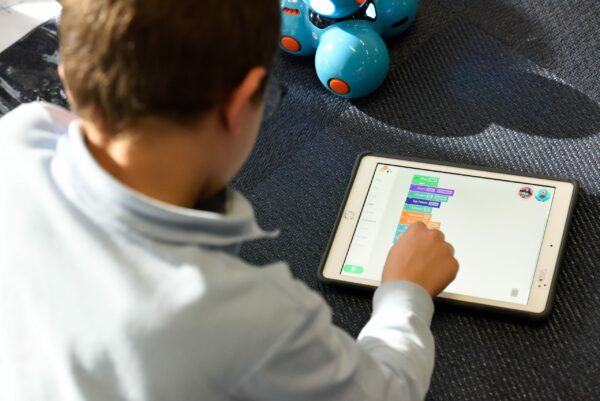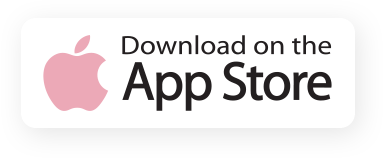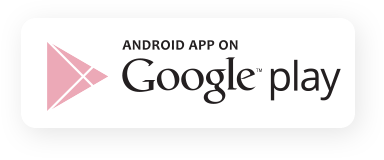
Block-Based Coding | The Future Of Coding For Kids
The newest game-changer in the area of coding for kids? You guessed it right! Scratch. Developed by MIT in 2007, it is a platform that is now used by almost 50 million people worldwide is now the world’s largest creative coding community for kids. It is optimal for youth or beginners because it uses a simple ‘drop-and-drag’ approach.
To create a game, animation or interactive story on Scratch, you have to add code to tell a Sprite what to do. The characters and objects on Scratch are called ‘sprites’. Whenever you add Sprites, they appear on the stage area, where your code comes to life!
Let’s dive into how Scratch works.
Scratch has four main elements: the stage, the sprites, the script and the programming palette.
- Stage: Similar to the stage in a play. This is where everything takes place. The stage can have different backgrounds, just like in a play.
- Sprites: The main characters of the project, sprites are programmed to perform functions in Scratch.
- Script: Each sprite is programmed with a script. Simply put, the script tells the actors of the play what to say and what to do.
- Programming palette: These are the elements that are used to program what the sprite would do. They must be programmed to carry out every function you want them to perform.
Here are four advantages of block-based coding:
- Easy to learn – The drag-and-drop approach is so easy and convenient, that literally anyone can do it! There’s absolutely no need to memorize or type anything unlike other programming languages. With minimal setup, you can start coding at a click of a button.
- Focus on programming concepts – Block coding allows children and beginners to focus on fundamental concepts of coding, instead of syntax and sequence. This means stronger logical reasoning and correlation, in an easy visual manner.
- Encourages experimentation – The risk of errors discourages coders, especially beginners, from playing around in text-based coding. Block-based coding enables kids and coding beginners to experiment without the risk and fear of starting all over again.
- Rules out frustration – Syntax errors like forgetting a colon can be frustrating and tend to get in the way of learning how to code. They often force students to pay attention to textual details instead of the coding concept or the actual problem at hand.
Since MIT developed Scratch, block-based coding has been adopted by several schools and organizations across the globe, including AlphaGen Learning. Take a look at a project made by one of our students using Scratch, <here>.
Intrigued? Well, we recommend you to prepare your child with a valuable life skill for the future, while having fun. Try AlphaGen Learning and we’ll recommend the best class or camp for your champ! Bonus: the first class is free!






